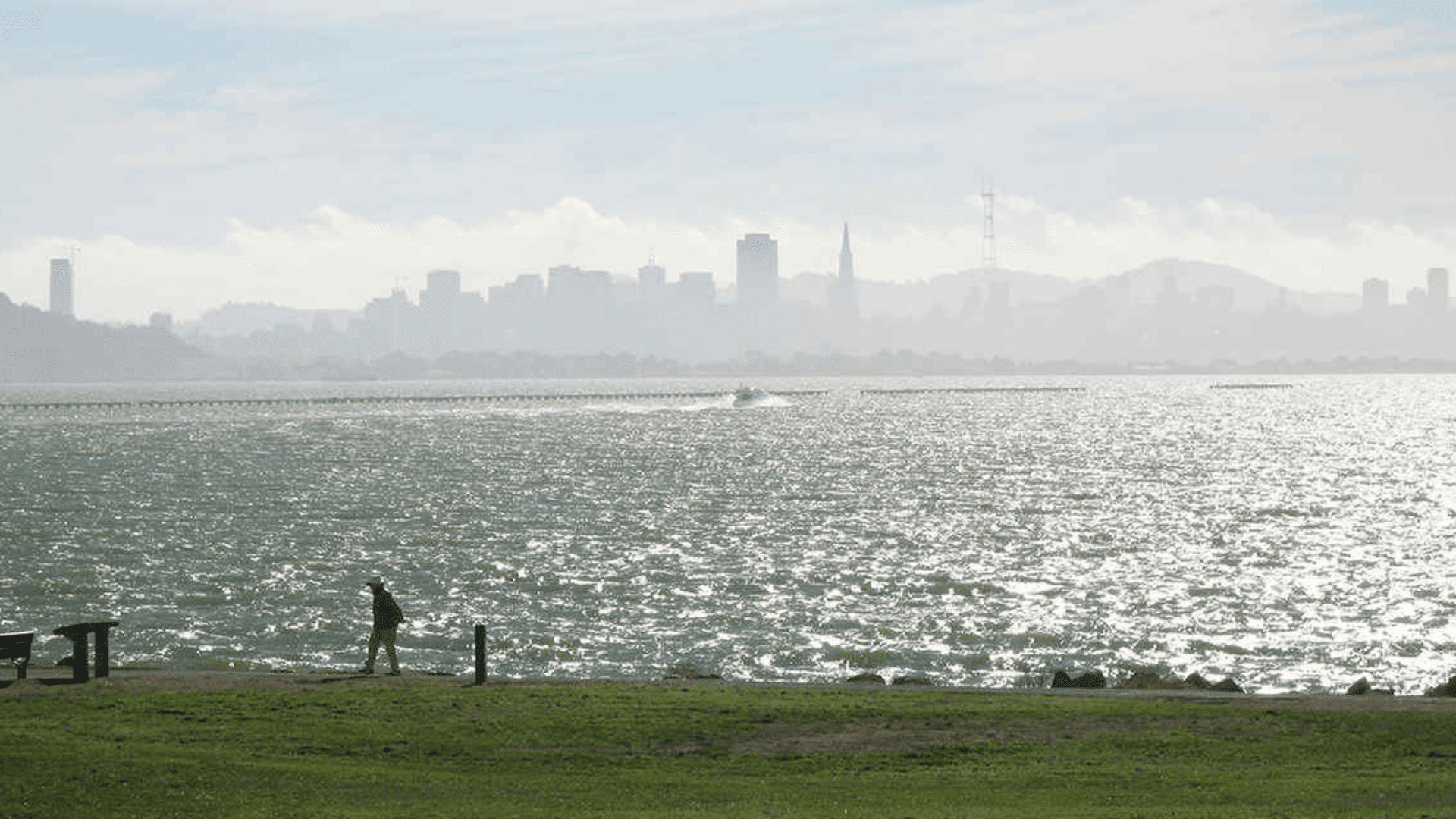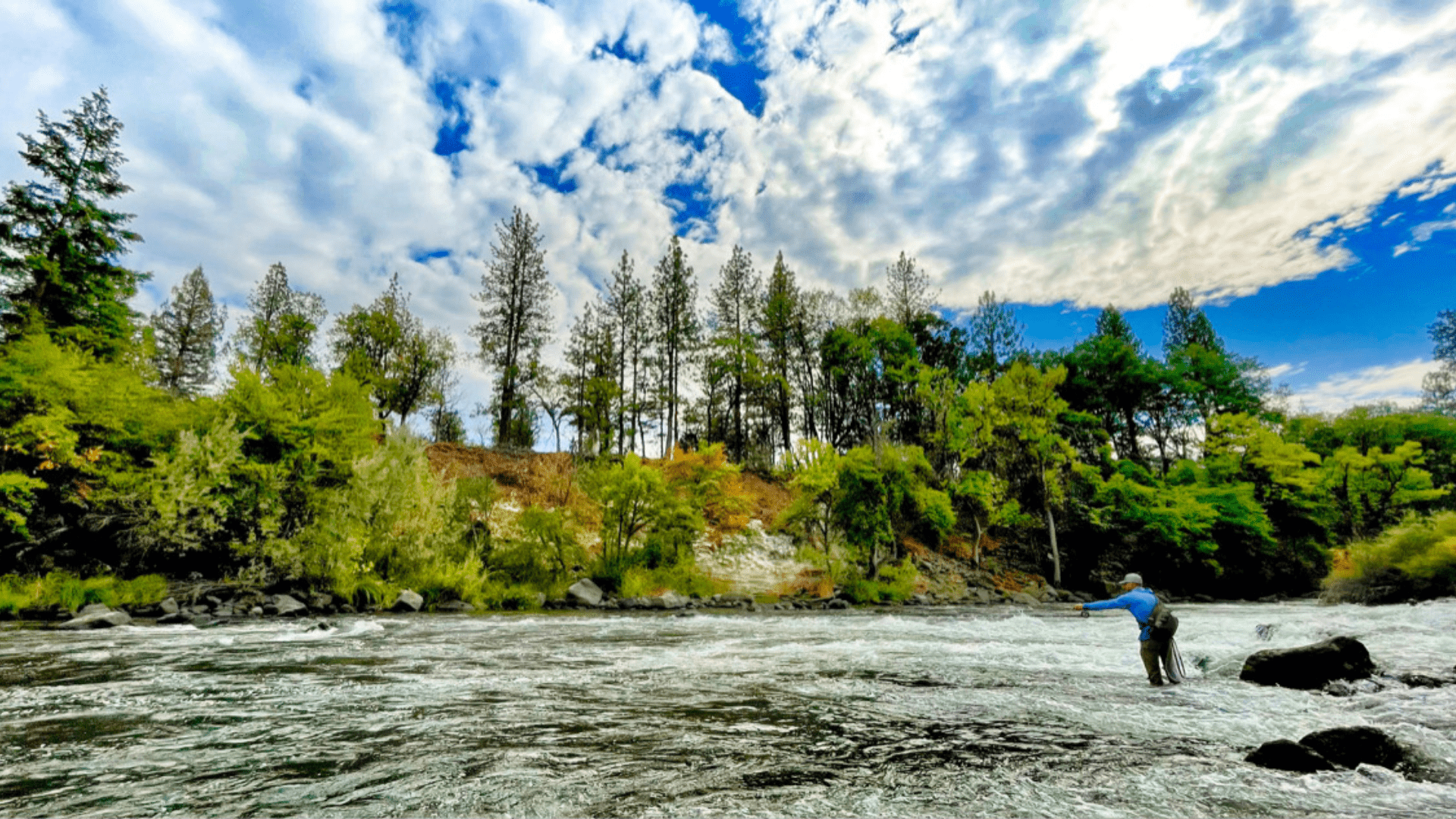

By Analise Rivero, Policy Associate, and Kam Bezdek, Policy Intern
What is 30x30?
The 30x30 Initiative is an international movement to conserve 30 percent of the planet’s lands and oceans by 2030. This target was first proposed in a 2019 Science article titled “A Global Deal for Nature (GDN)” which demonstrated the need for increased conservation to mitigate climate change. The GDN article examined the 2015 Paris Climate Agreement and advocated on a global scale for 30% of Earth to be formally protected and an additional 20% designated as climate stabilization areas by 2030. The studies conducted within the GDN article found that with the 30x30 Initiative and the Paris Climate Agreement, we would avoid catastrophic climate change, conserve species, and secure essential ecosystem services. The studies also found that less than half of the terrestrial realm is intact, yet conserving all native ecosystems—coupled with energy transition measures—will be required to remain below a 1.5°C rise in average global temperature.
In response to this growing movement, in October 2020, Governor Newsom issued Executive Order N-82-20, declaring it a goal of the state to achieve “30x30.” President Biden later issued an executive order in January 2021 to initiate 30x30 goals on the national scale, designed to tackle both the climate crisis in the United States and further address global climate change in solidarity with other nations. Over 70 nations have agreed to the initiative so far.
Cover Photo: John Bernard

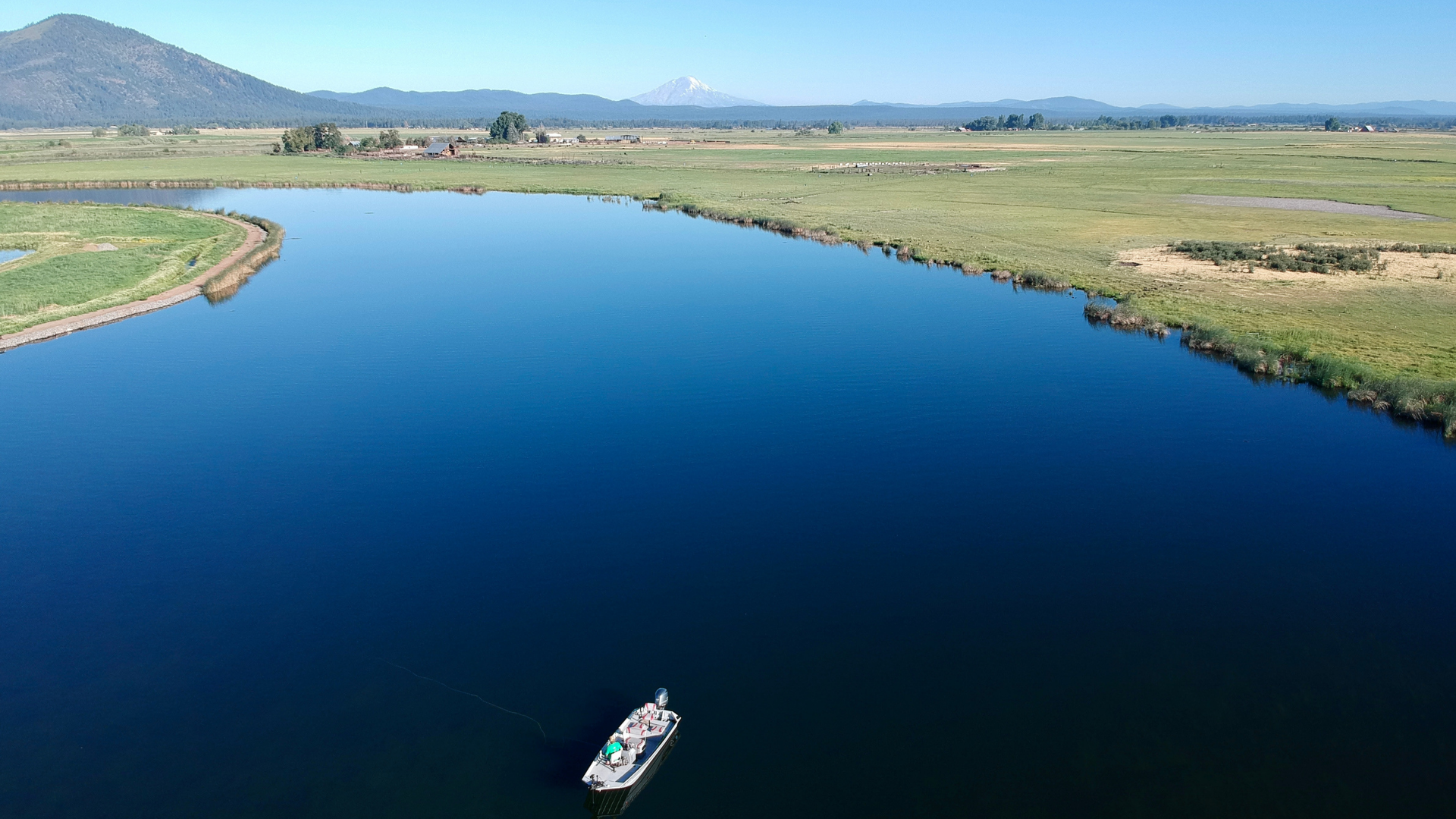
30x30 in California
After Governor Newsom’s Executive Order, the California Natural Resources Agency (CNRA) set out on a year of regional listening sessions, fact finding, and public comment periods, culminating in the release of the draft 30x30 Pathways document. This document will serve as the state’s guiding strategy on how to accomplish the 30x30 goal per the Governor’s Executive Order. The public comment period on this draft document ends on February 15th after which CNRA will move to finalization. In California’s draft 2022-2023 state budget, the 30x30 effort was allocated $382 million.
Background Photo: Dax Messett
What About Freshwater?
In light of the GDN, scientists, government organizations and advocacy groups have also identified the unique challenges for freshwater ecosystems in the face of climate change. According to the U.S. Bureau of Reclamation, 97% of the Earths water lies in the oceans. The remaining 3% of the Earth’s water is freshwater, with 2.5% of that water remaining unavailable as glaciers, polar ice caps, or stored in the atmosphere and in soil. The World Wildlife Fund estimates that freshwater globally supports 100,000 species throughout the food web. Freshwater ecosystems are also among the most vulnerable due to human development, pollution and climate change, as WWF estimates that over half of the world’s wetlands have disappeared since 1900. While only about 12% of U.S. lands are currently considered protected, the 30x30 Pathways document looks to create greater conservation efforts statewide.
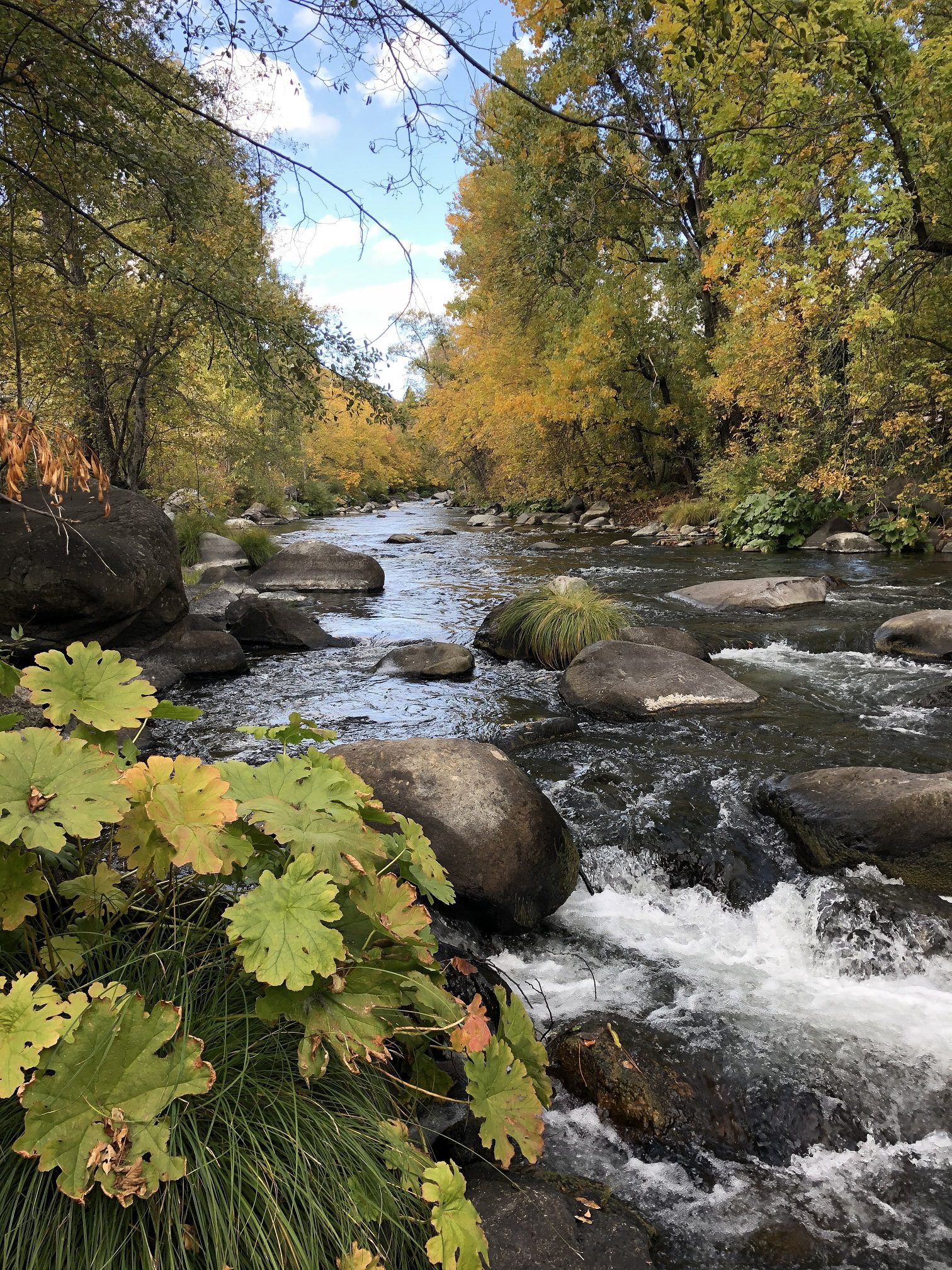
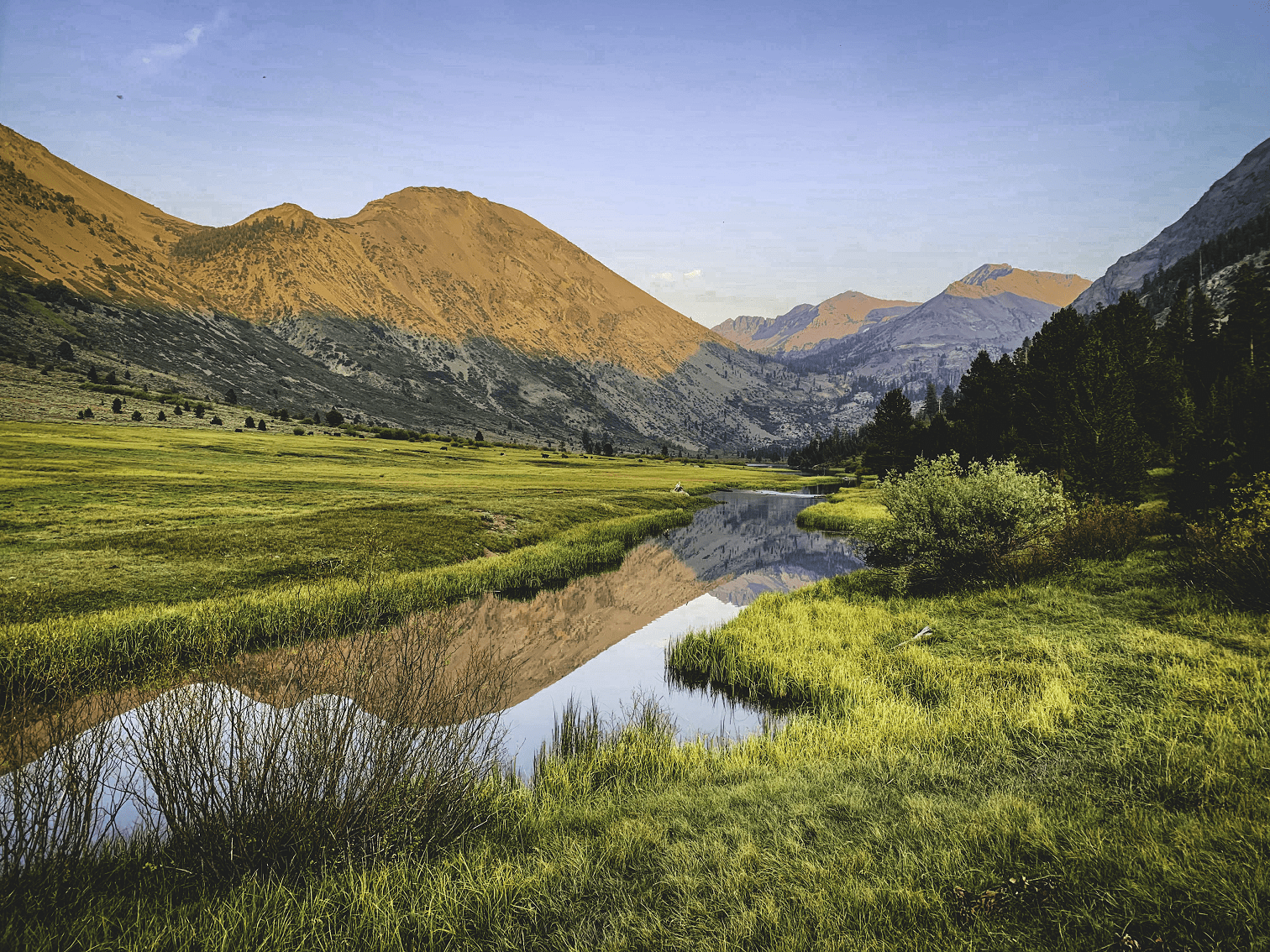
CalTrout’s Role in 30x30
CalTrout is highly engaged in the public comment process to ensure that freshwater ecosystems are adequately included and elevated within the 30x30 Pathways document. With the focus on land and ocean in the 30x30 movement, it is important to ensure that freshwater ecosystems are not left behind and that they receive just as much consideration. As such, CalTrout has partnered with UC Berkeley to produce a white paper with freshwater-specific recommendations for the state within the 30x30 context. Dr. Ted Grantham, an Assistant Cooperative Extension Specialist and Adjunct Professor in the Department of Environmental Science, Policy and Management worked with Ph.D. candidate students Lucy Andrews and Jessie Moravek to conduct a literature review and workshop before fleshing out the white paper. With the paper complete, the CalTrout policy team organized several meetings with the CNRA team and within the Governor’s Office to present the team’s recommendations. You can check out the UC Berkeley-CalTrout white paper here.
Background photo by Owen Turner.

Now that the Pathways draft document has been released, CalTrout, along with UC Berkeley and members of other advocacy groups have engaged in opportunities to comment and advocate for revisions within the strategy document. Across the board, various feedback has identified oversights pertaining to Tribal collaboration, urban conservation, and the ability of the Pathways document to ensure conservation beyond the time-bound 30x30 initiative. The CalTrout policy team continues to participate in a statewide coalition of conservation groups to create materials and set up meetings to educate state legislators about the importance of California’s 30x30 initiative. This enables legislators to bring this information to their constituents, increasing the reach of environmental advocacy and building relationships with Californians who will better understand the impact of 30x30. CalTrout will also push to ensure the $382 million allocated in the state budget go towards meaningful conservation projects across the state.







